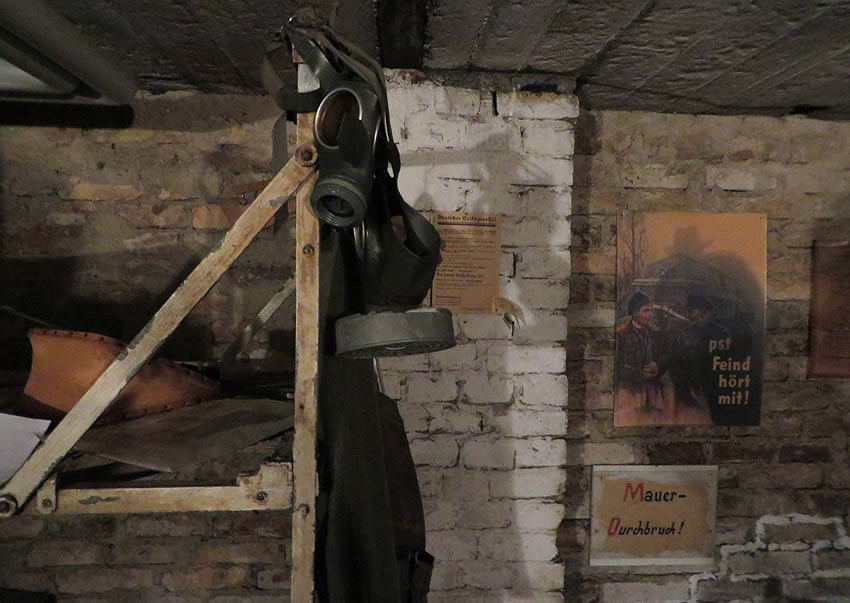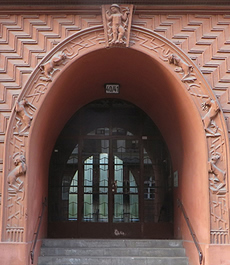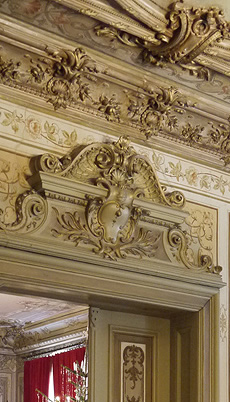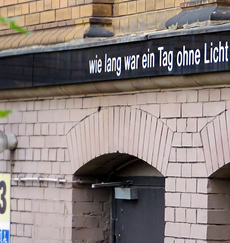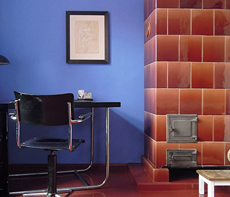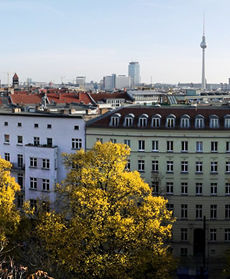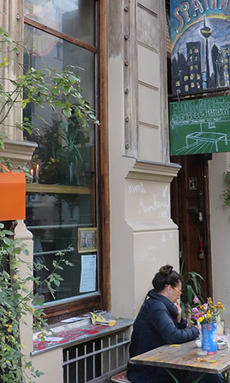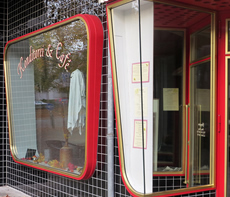Berlin
A history of conflict and hope: Berlin's Anti-War Museum
A prisoner's uniform from the concentration camps. Helmets shattered with shrapnel. Harrowing photographs of injured soldiers. There's even an air raid shelter, hidden in the basement.
Berlin's small yet powerfully moving Anti-War Museum recounts the horror of armed conflict in order, of course, to educate against it. But it's also the record of an extraordinary man and his unrelenting quest for peace.
Situated on a quiet street in the district of Wedding, the museum is well off the usual tourist trail - and some distance, too, from its original location in central Berlin where it was opened in 1925 by pacifist Ernst Friedrich (1894-1967).
The first of its kind anywhere in the world, Friedrich inaugurated the display at considerable risk to his own safety; and indeed, it's ironic just how much the museum's own story came to be shaped by violence and war.
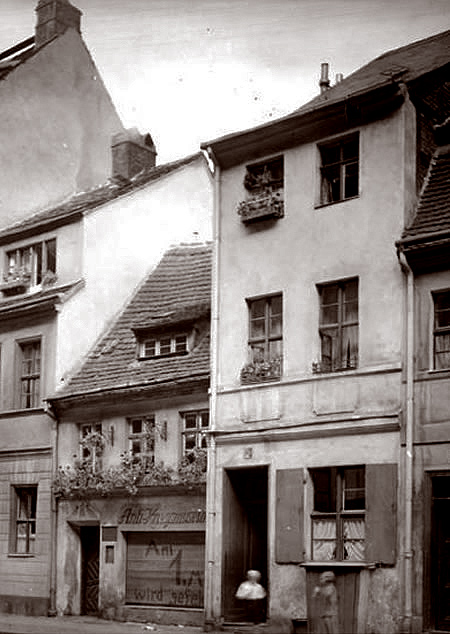
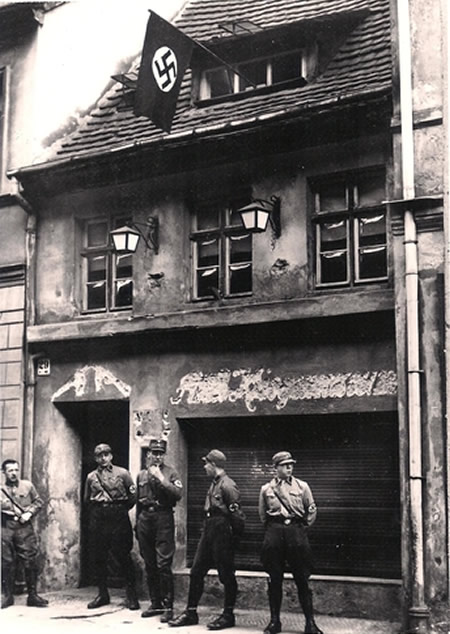
In 1933, soon after Hitler's appointment as German Chancellor, the Anti-War Museum was one of the first targets of SA Stormtroopers, who destroyed the exhibits (although by this time Friedrich had presciently moved much of the archive to safety) and established their own base in the building (above right). In a cruel twist of fate, the premises were soon to become one of Berlin's most notorious torture chambers.
Friedrich himself managed to flee to Belgium and promptly founded a new museum, although it, too, was later destroyed by invading German forces.
His lifelong story of resistance is the subject of a fascinating short video which visitors to the museum - reopened in its current location by Friedrich's grandson in 1982 - should certainly take the time to see.
The present display includes many of the items from the original Berlin collection, supplemented by objects and documents from WWII and subsequent conflicts.
But for many, the most emotive exhibit is the bomb shelter in the building's basement, a claustrophobic cellar space convincingly kitted out to represent a typical domestic refuge.
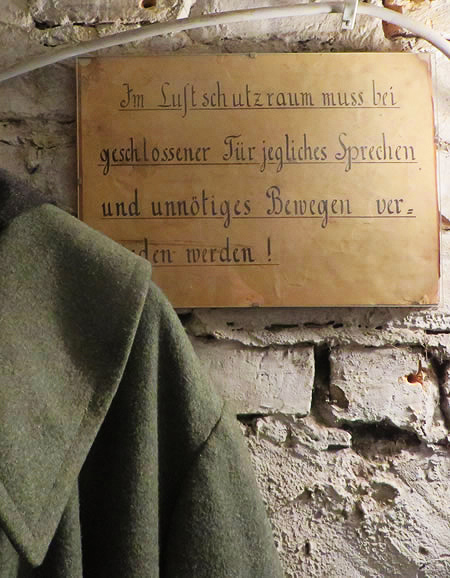
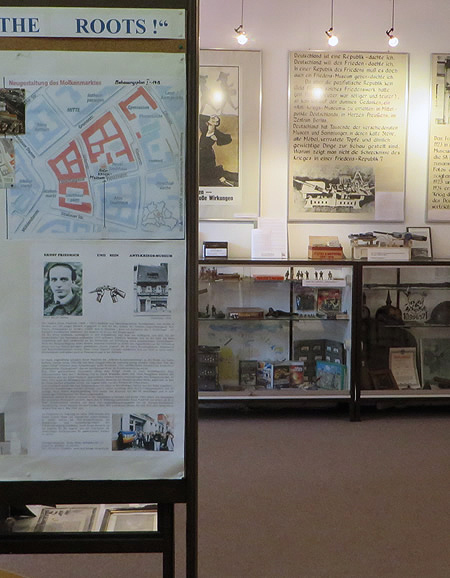
An original, hand-written notice warns occupants not to needlessly talk or move in order to conserve oxygen.
Also displayed here is the door to a similar shelter, each air raid meticulously marked in pencil on its surface. The entries fill the panels almost entirely, a sobering record of bombs that never seemed to stop falling.
See also:
Romantic Wedding
Berlin's hidden best
Anti-Kriegs-Museum / Anti-War Museum: Brüsseler Straße 21, 13353 Berlin
Opening times: daily, 4pm-8pm. Free entry, donations gladly accepted
